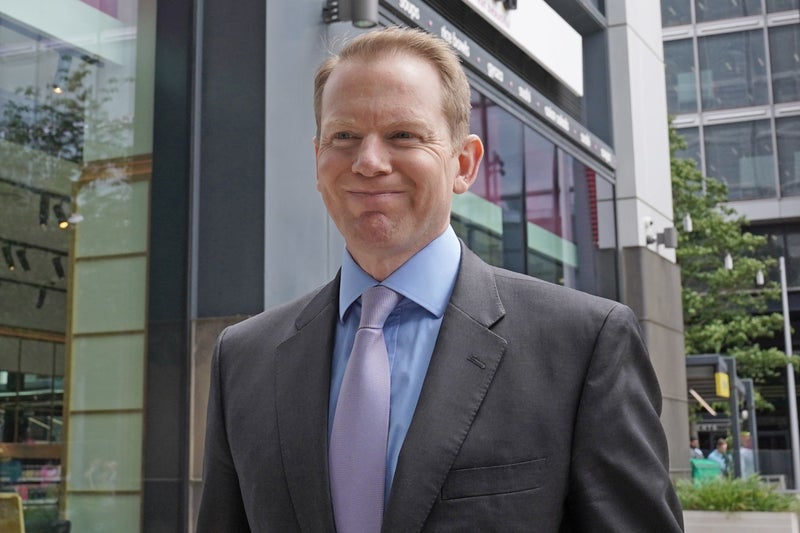How FinOps and unit economics are transforming IT cost management
Share:
THE ARTICLES ON THESE PAGES ARE PRODUCED BY BUSINESS REPORTER, WHICH TAKES SOLE RESPONSIBILITY FOR THE CONTENTS. MagicOrange is a Business Reporter client. In the ever-evolving landscape of IT, organisations are now realising that managing technology costs is about more than just cloud spend. It’s about seeing the bigger picture, too – the convergence of IT financial management (ITFM) and FinOps practices. This union provides a holistic view of the entire IT cost base, extending far beyond traditional expense tracking. It’s a shift that’s driving smarter, more data-driven decisions across enterprises, allowing companies to focus on the total value chain.
For the non-technically-minded C-suite, IT has traditionally been seen as mysterious necessity. IT spending, accounting for up to 15 per cent of total organisational budget, has often been hard for business leaders to understand. They know they need technology, but fail to grasp its full financial impact – or, indeed, what they get for their investment.
Enter transparency. Transparency isn’t just a reporting tool – it’s an asset that unlocks accountability across departments. When businesses understand the cost of delivering a service – whether IT or a broader business function – they can make informed decisions that align with strategic priorities. Transparency turns cost analysis into a competitive advantage.
Over the past five years, FinOps has emerged as a discipline to manage cloud costs, which are accelerating but still represent only a fraction of overall IT expenditure. For most organisations, cloud spend is a small part of the total IT budget. This is where the convergence of ITFM and FinOps becomes critical. Managing just the cloud without understanding broader IT financials presents a fragmented view. By integrating FinOps into ITFM practices, companies gain an overarching view of their IT costs – both in the cloud and on-premises.





















